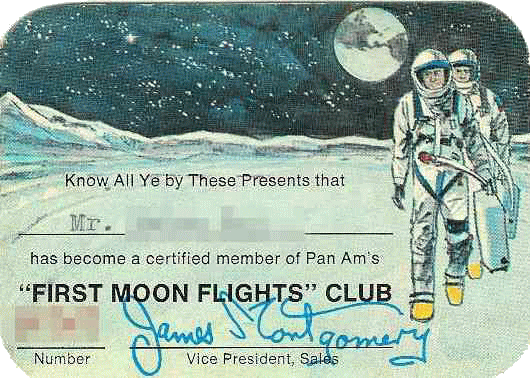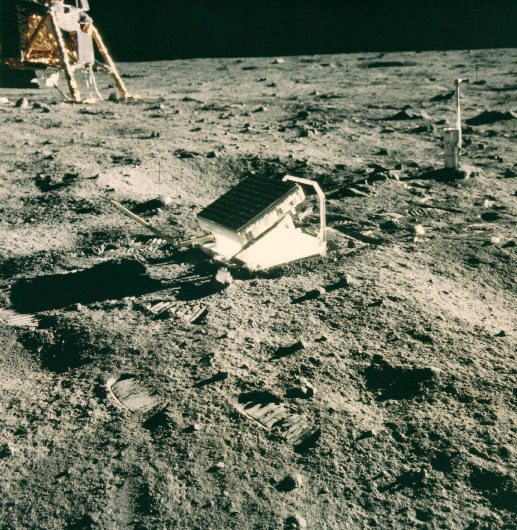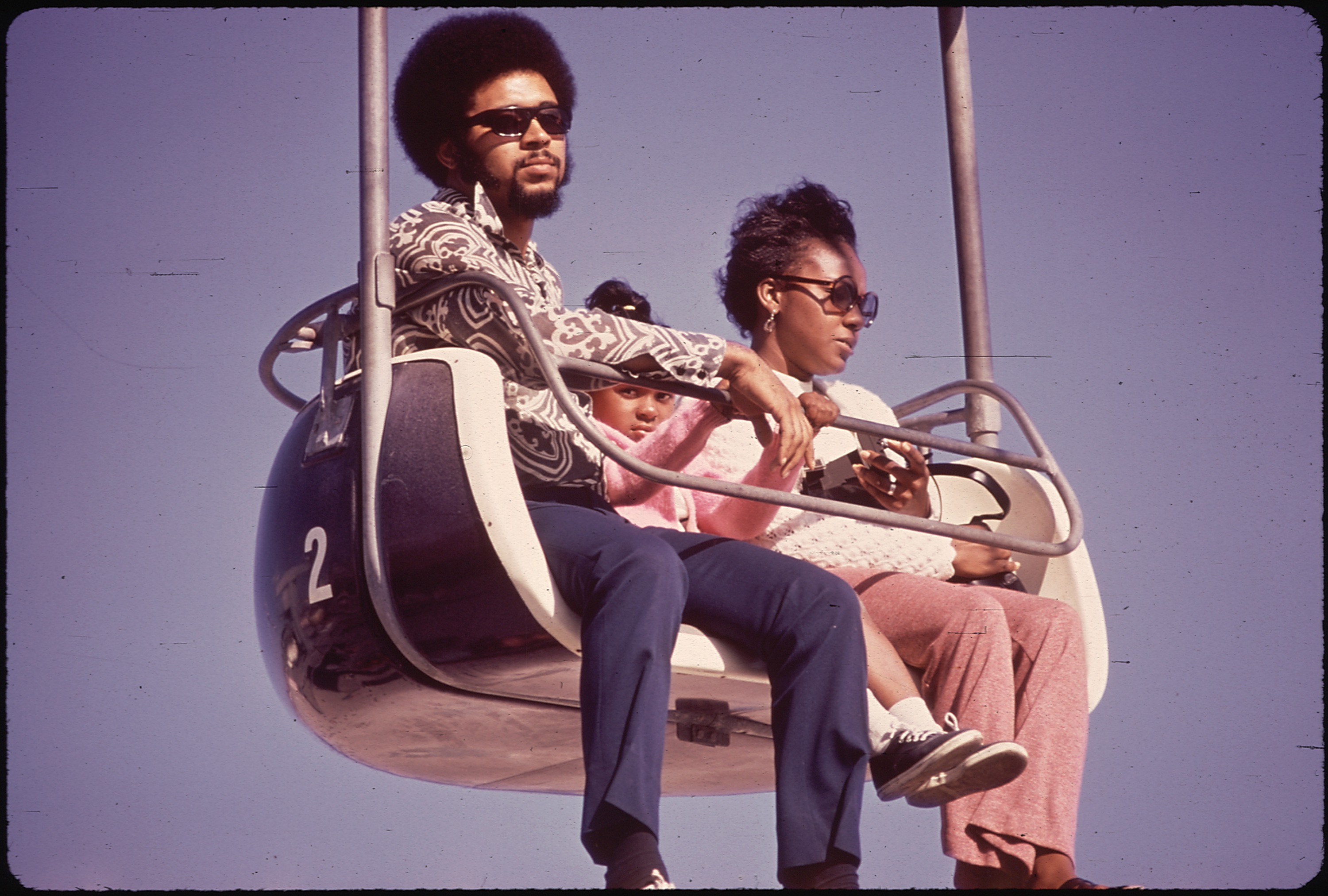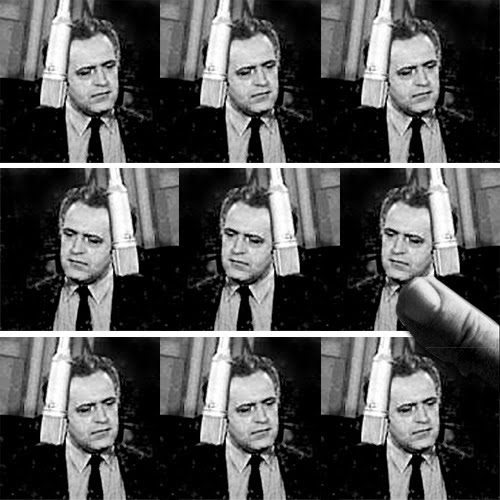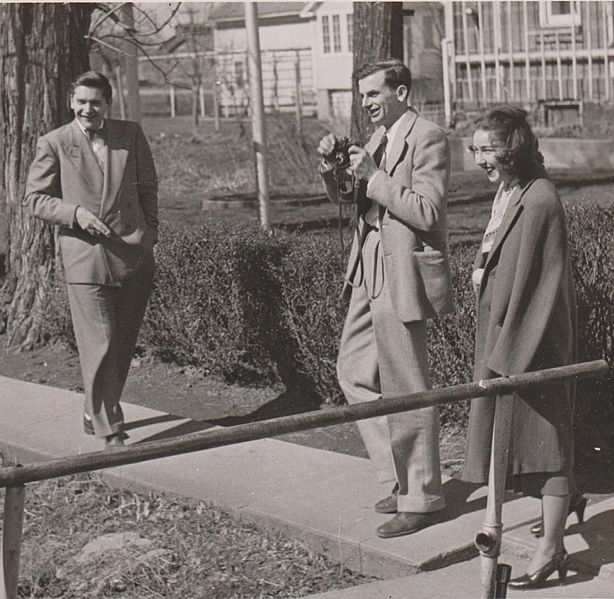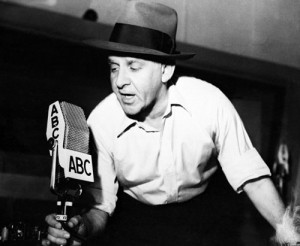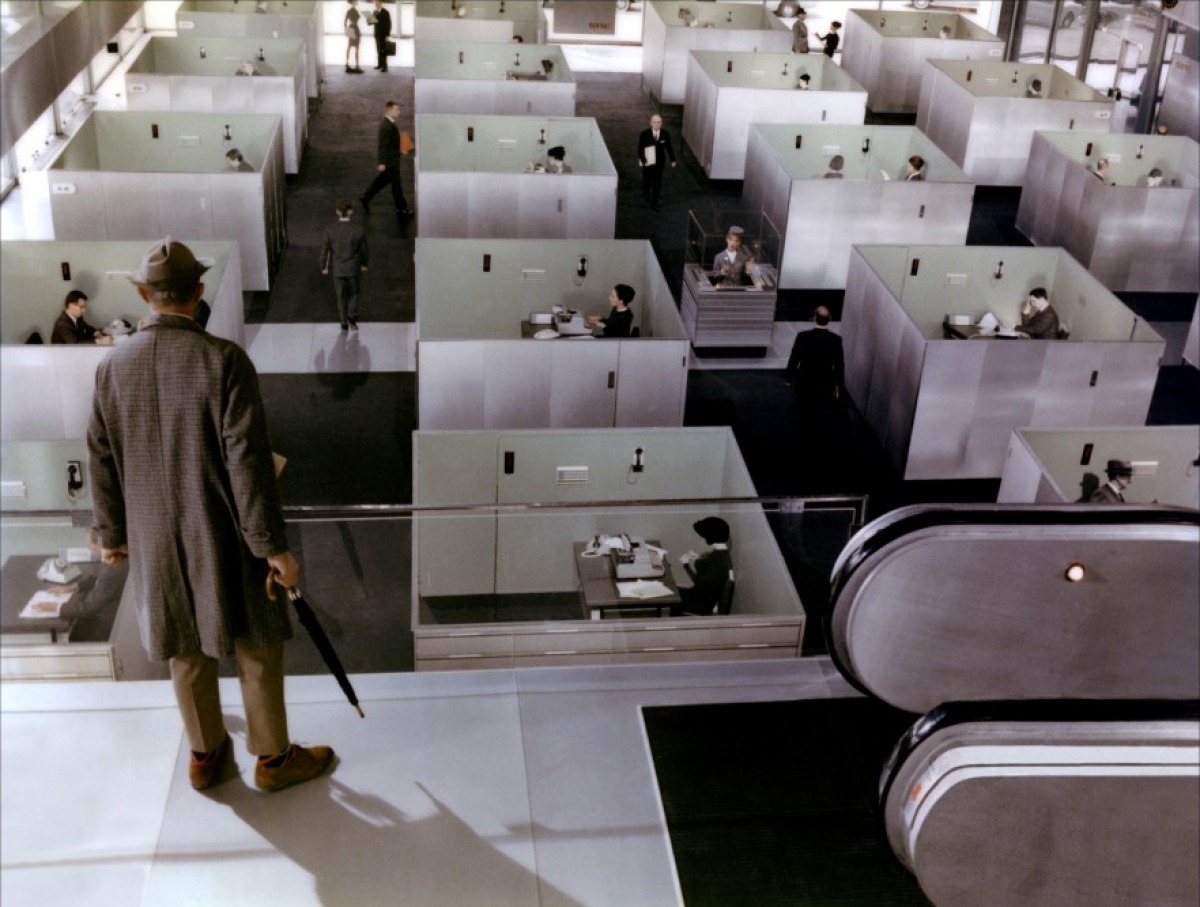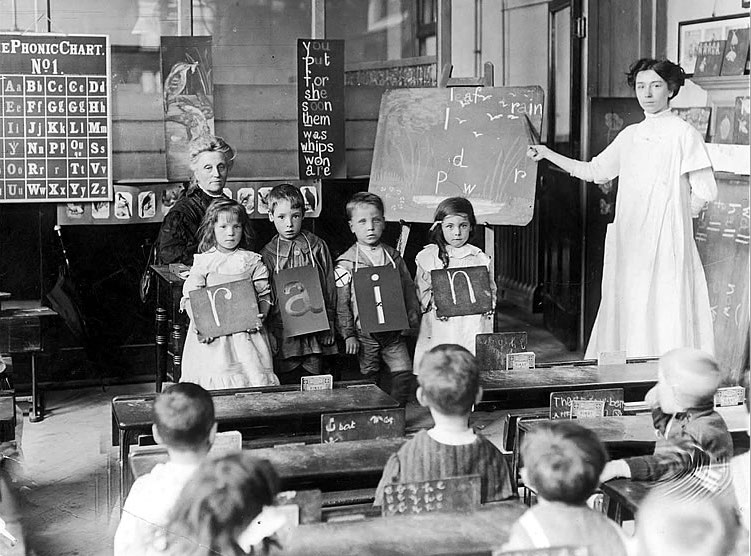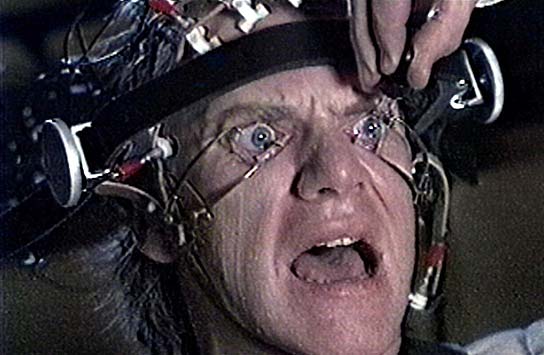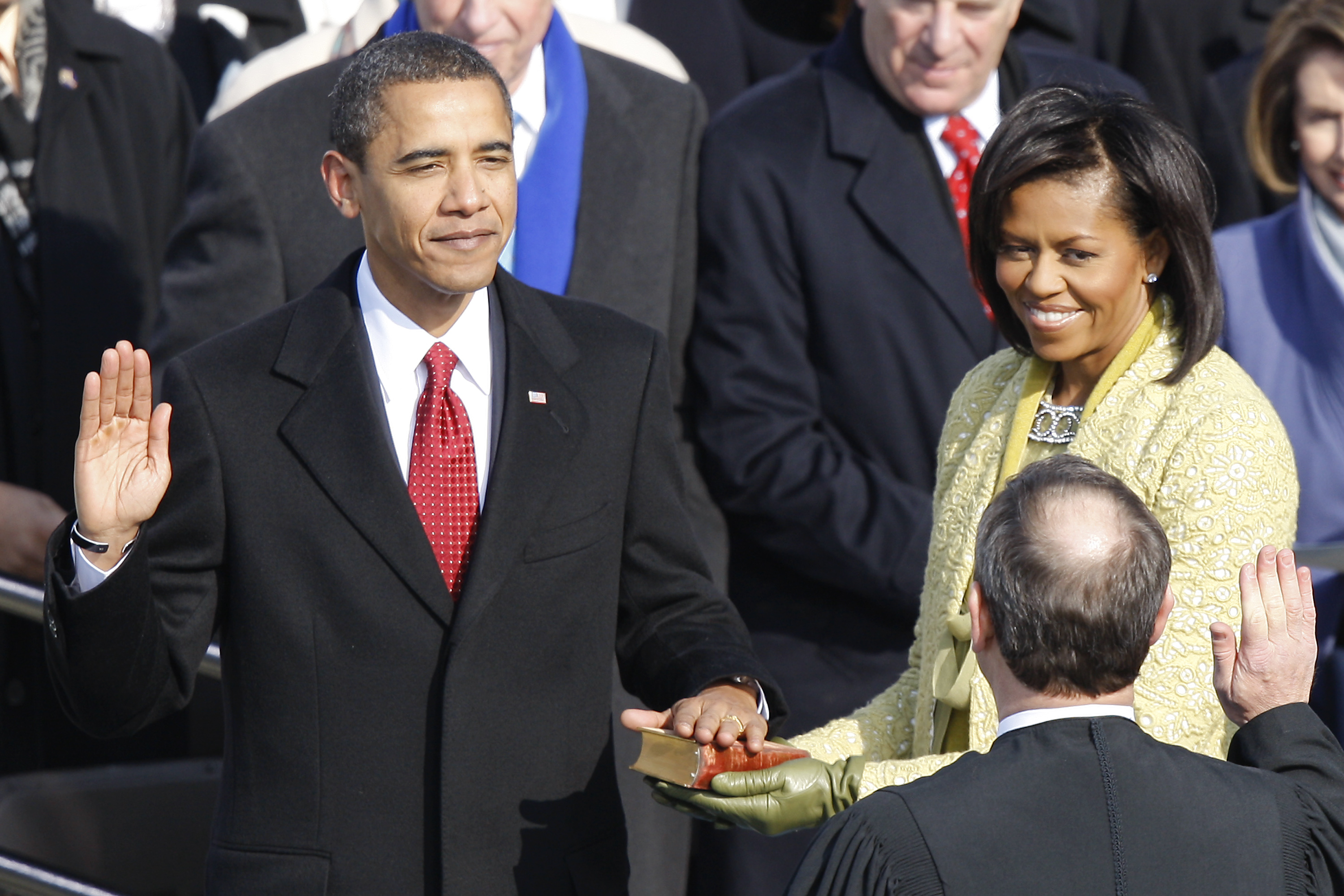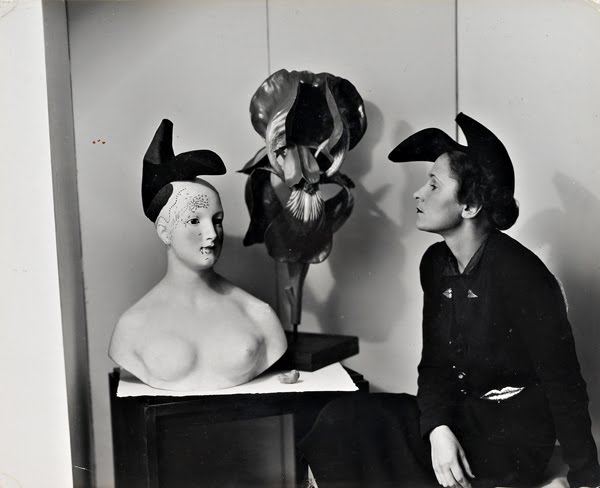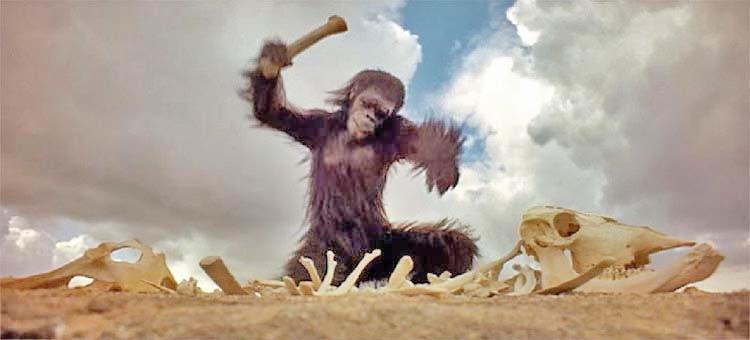
Sometimes you see someone like Jon Voight, a Birther who vilifies President Obama–not just criticizes him or vehemently disagrees with his politics–but labels him as Other and Evil. When you listen to Voight, you might imagine that there’s a degree of racism at play, and maybe the actor himself doesn’t realize it. Maybe he’s the kind of person who’s troubled by a person of color who is highly educated and successful. Perhaps he’s able to rationalize it by being friendly with minorities he believes to be on a lower social plane than he is, whom he sees as no threat to his ego. Perhaps he likes to imagine himself a protector of such people. Maybe in return he can assign “Magic Negro” qualities to them. Maybe when he hears a black voice in his head, it’s an uneducated, stereotypical one that takes him back to an earlier age in which he was more comfortable. Something tells me this recent anecdote he told CNN puddinghead Piers Morgan is more a world view than an isolated incident. Oh, and Morgan doesn’t really understand what the word “brilliant” means, does he?
_______________________
“Piers Morgan:
Midnight Cowboy was the movie that exploded you onto the scene, one of my favorite all-time movies. There’s a brilliant story about how you got this. Just tell me quickly.
Jon Voight:
Well, it’s not a quick story.
Piers Morgan:
It is going to have to be. Otherwise, we might get cut off again.
Jon Voight:
Well, listen, I was told — I did a screen test and I was — with three other fellows, great actors. I was told it came down to another fellow and myself. And it was finally given to the other fellow.
They finally came back around to me for some reason because they had a difficulty making this thing work. I get a call. They said, Jon, it’s come back to you. Be at your phone at 10:00 tomorrow morning. This is a Saturday morning. John Schlesinger will call you, invite you over to his place just to take a look at you, because it’s been a couple weeks since he’s seen you. And who knows. Good luck.
So, of course, I couldn’t sleep that night. It rained that night. The wind was blowing against — blowing the rain against my apartment building. I got up early. I didn’t know what to do with myself. I didn’t — I was nervous.
So I said, well, I’m going to go out and do some grocery shopping. I went out into this rain with my umbrella and I got some groceries. And coming back, I saw in the middle of the street this fellow who I had known who was a homeless man, black fellow, who said he was a boxer and he had kind of puffy eyes and stuff like that.
I thought, yes, he’s a boxer all right. He was in the middle of the street. It was in the middle of the street, just lost. And the rain was coming down. I ran up to him and I said, George, George, you’ve got to get out of this rain. You’re going to get pneumonia.
He was like that. I said, George, listen, I’m going to take you up to my apartment and I will give you a sandwich or something. I said, George, listen, you se that liquor store across the street? I’ll go get a bottle of scotch, a little bottle of scotch, and you can come up to my place and get out of the rain. He went, oh, OK. So I got the bottle of scotch, went up to my place. And George sat down. I made him a sandwich, tuna fish sandwich. I can still see this sad looking tuna fish sandwich. I said, George, you know, I’m waiting for a call that’s going to come at any time, and it could change my life because it’s a big movie. I’m a movie actor. I might get this part.
He said, [stereotypical voice] oh, I hope you get it. I pray you get it. With that, the phone rings. I said, come on, George. Let’s go over and see if this is the fellow. So I had a hall wall phone. I get on. I said hello.
And I hear the voice says, hello, Jon, John Schlesinger here. Jon, you know, we’re looking at your screen test and we may come your way. But I would like to see you just for a few minutes. Do you think you could come over to my place and just have a little chat?
I said, that’s fine, John. It’s raining. I’ll get a cab. He gives me the address. I hang up the phone. I said, George, it looks good. I’m going to go over and see him. I’m so glad, he says. I said, now you sit here. Don’t go outside. If you go outside, here’s a coat. I had an extra coat. I said — and just, you know, you can stay here. If I’m a couple of hours, you can stay here. But if you go, take the coat.
So I leave George. I go over and see John Shlessinger. And John and I — John was as good as his word. He just wanted to say hello, just see how we were doing. We had a little laugh. We did get along.
He said, Jon, I’ll call you within the hour. We’ll let you know the decision. I said, that’s just fine, John. So I went back. Got a cab both ways. Last money I had to get the cab, see.
Get back to the place and George is sitting in the same place. I saw a couple bites out of the sandwich, nothing much out of the liquor. I put a glass out for him. I told him — I said, it looks good. We’re going to get a call in a second. He was excited.
The phone rings. I go to the phone, saying, George, come on. So George is right there in front of me. I take the phone. I am looking right at George like I’m looking at you. I said hello. He said, hello, Jon, John Shlessinger here. It looks like we’re going to go with you.
I said that’s wonderful, John. He said, yes. We’re going to have costumes on Monday and I’ll have somebody call you. Congratulations. I said thank you so much. He says, is there anything that you’re concerned about? Is there anything you’re concerned about?
No, John, I said. John, I think you’ve done the right thing. I’ll be terrific in this part. I can’t wait to se you on Monday. Thank you so much. He said, well, very, very good, Jon. I’ll see you then. Hang up the phone.
I said, George, I got the part. He said, [sterotypical voice] I prayed for it. I so glad. I prayed for you. I prayed for you. I knew you would get it. Then I said — for some reason I said, George, what’s the first thing I should do? George says call your mother. She would be so glad.
I called my mother. I said, Hi, mom. I just got a great part. It’s going to change my life. Wonderful, Jon. Have you called your brothers? I said, no, but I will.
And I think to this day, I said this fellow was like an angel. If he hadn’t been in my life — I was more concerned about his well- being, I wouldn’t have been relaxed and I would never have said what I said, which is I’m going to be terrific in this part. You made the right decision.”


